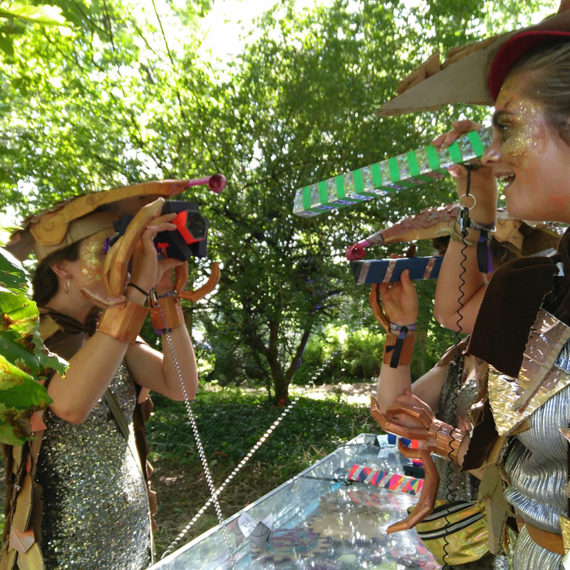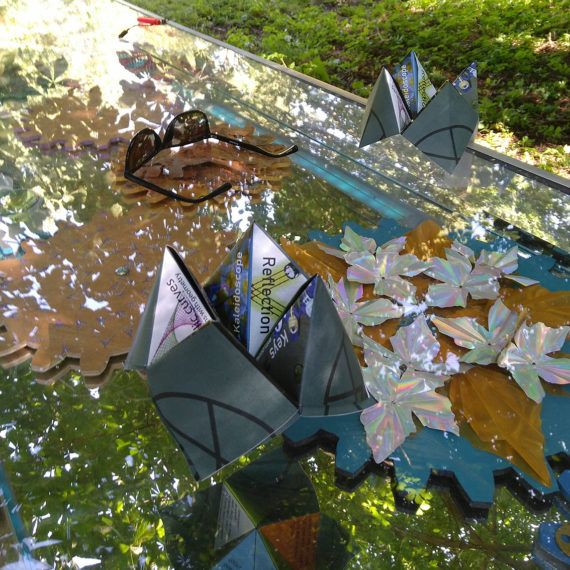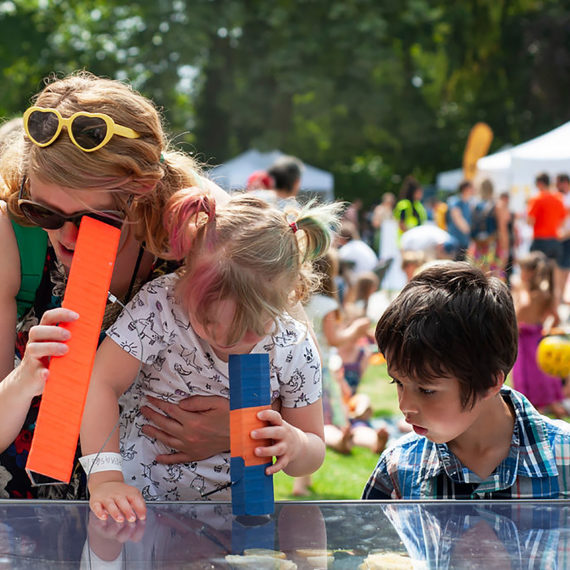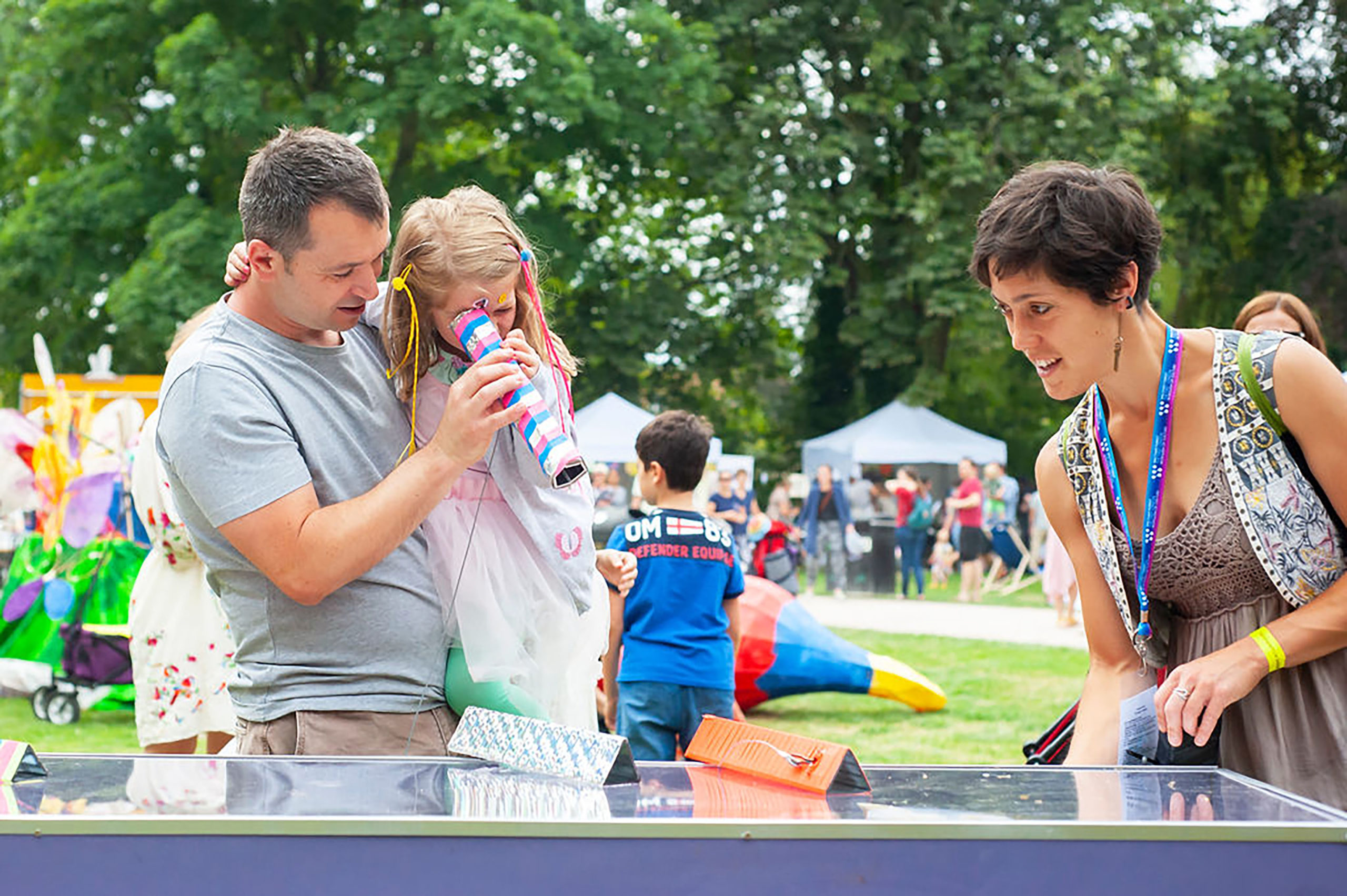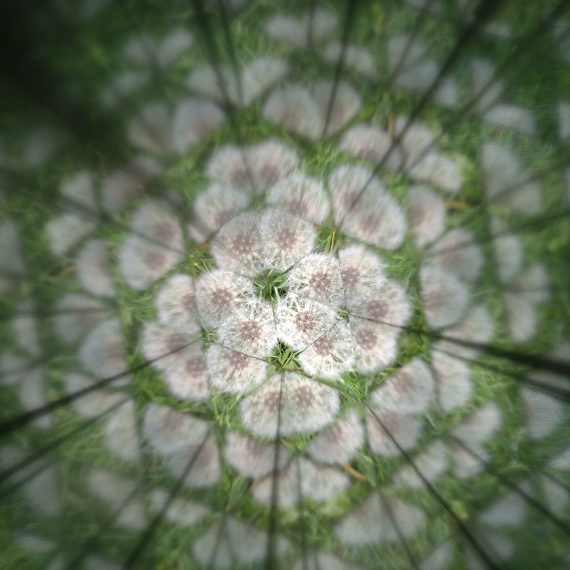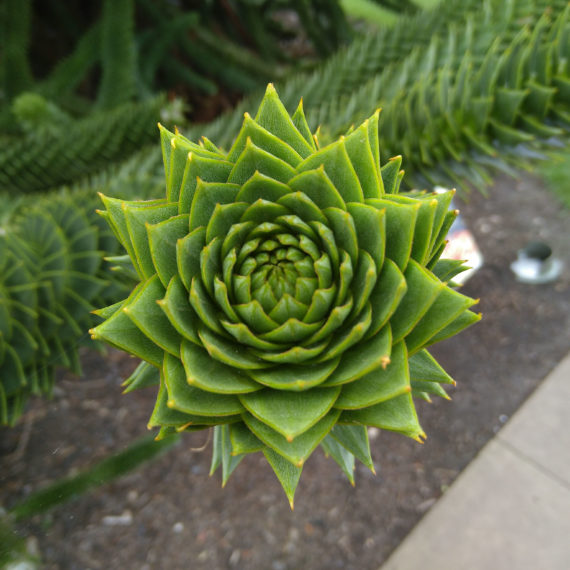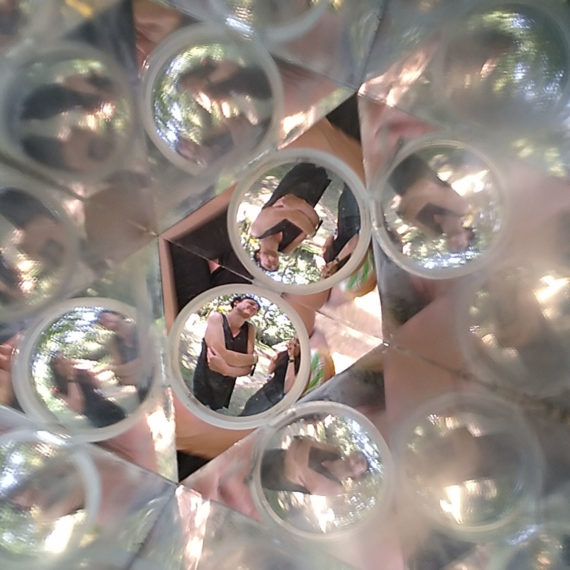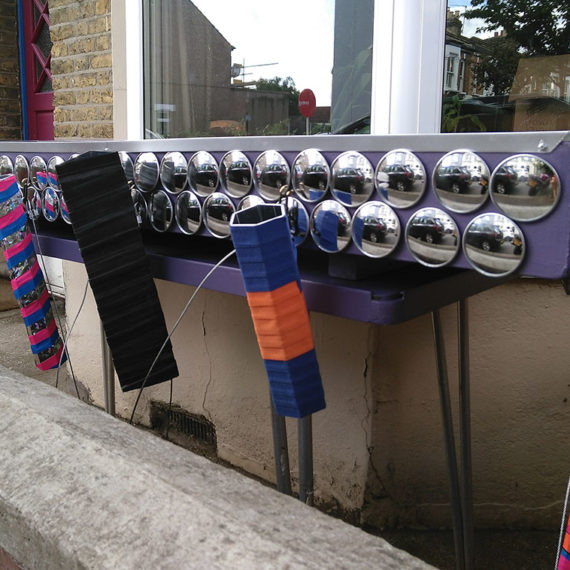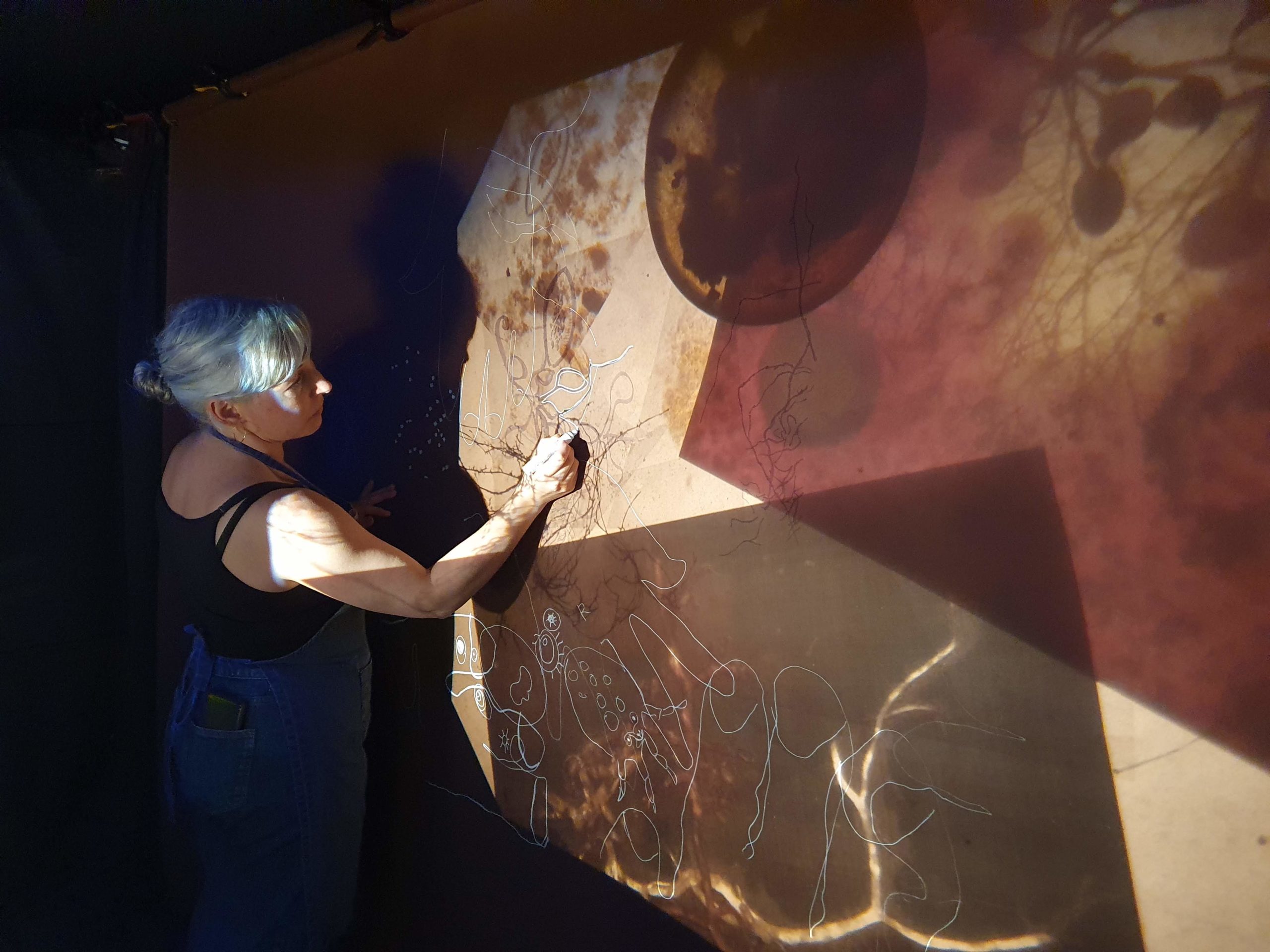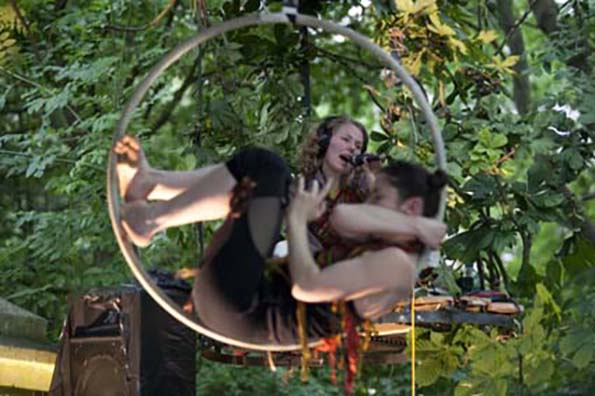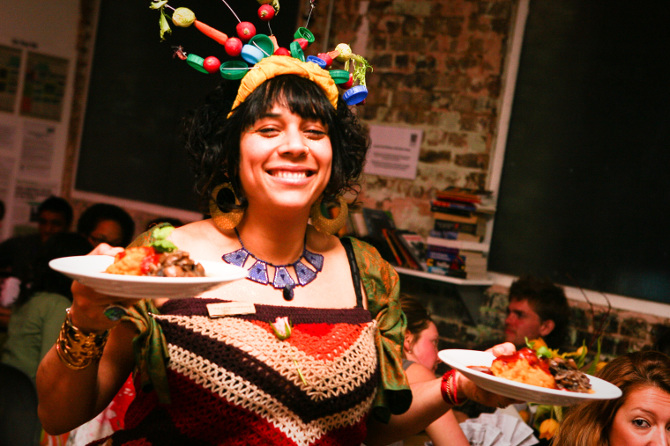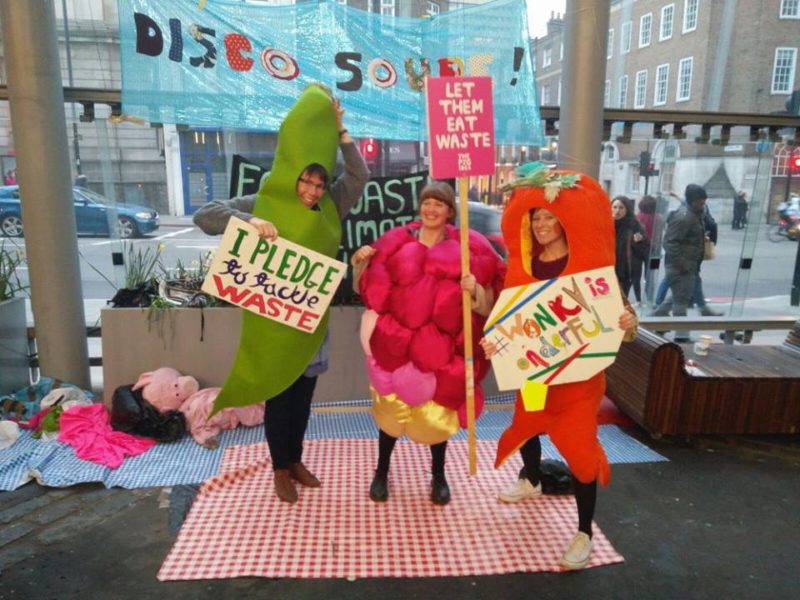Turning Tables – Kaleidoscopes
About This Project
Look closely and see familiar forms in a different way. Turn the tables and experience a different perspective on the everyday; beautiful or disorientating? What would you like to see differently?
Gemma Seddon and I were delighted by the simple, playful illusion created a giant periscope hidden in the wall of Manchester Museum. We started playing with mirrors and tricks of reflections, and rediscovered the child-like joy of kaleidoscopes.
For the E17 Art Trail 2019, part of the Waltham Forest Borough of Culture we created a large table full of colourful cogs, some patterned with geometric pointillism designs or acetates of microscope images of diatoms – vital single celled algae that generate about 20 to 50 percent of the oxygen produced on the planet each year. Others held single-use plastic toys, lockless keys and displayed real, sprouting lettuce and red cabbage.
Accompanying the table were large kaleidoscopes with different formations of mirrors and some with concave and convex lens inside which gave a focusing or fish-eye effect. The table sat outside my house for passers-by to play with.
By looking through the kaleidoscopes while turning the cogs below, the image would shift, distort and objects would form new patterns. Often this became a collaborative process, one person looking, one person turning.
The most delight came when people discovered infinite multiples of each other or spent time exploring their own hand through the kaleidoscopes.
Turning Tables also appeared on Fellowship Island at the Walthamstow Garden Party and in the Enchanted Woods at Shambala Festival.
Making patterns out of found materials and basic three sided kaleidoscopes has lots of potential for creative workshops with children and bringing the playful ‘A’ (Arts) into STEM (Science, Technology, Engineering & Maths) to = STEAM education.
Photos of the Walthamstow Garden Party, Credit James Robertshaw



